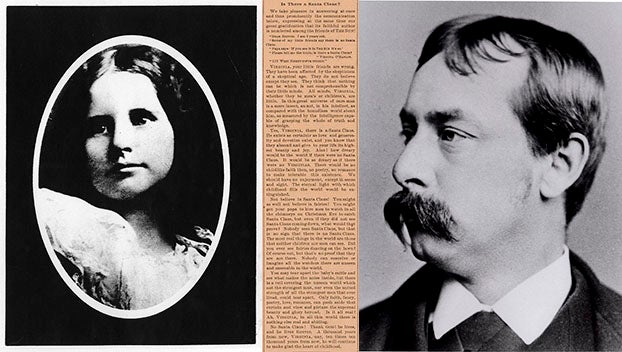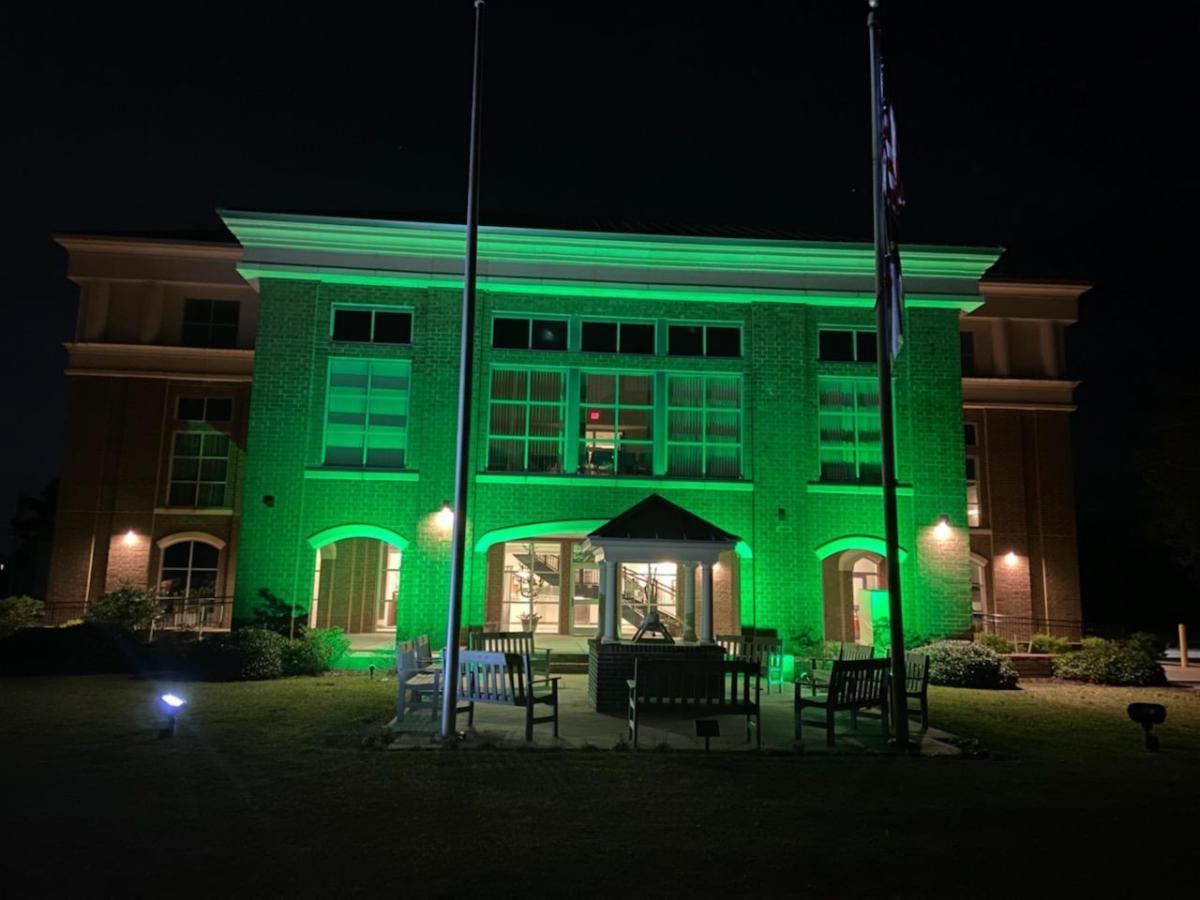A dream that was procured nonviolently
Published 8:33 pm Monday, January 19, 2015
Yesterday, the nation observed a day that has long been a day of remembering some of the most momentous events of an era past and the figure who led a march that helped secure the passage of the Voting Rights Act of 1965, as well as marches and sit-ins that helped procure the Civil Rights Act of 1964.
For some, mostly children in school, Martin Luther King Jr. Day is just a day off from school and work. However, the day holds much more meaning for those who remember King as a figure of historical greatness.
Fifty years ago, peaceful marchers in Selma, Ala., experienced a bloody assault by police, which was accepted, if not signed-off on by much of the rest of society. Following Reconstruction, the brief period following the Civil War, newly freed slaves gained the right to vote and, in many places, elected African-American people to office. This period, however, was ended by violent resistance from many white Southerners and by a general lack of will in the rest of the country to pursue racial justice any further. Hurtful discrimination was illustrated by official and unofficial force and violence, taking the form of unequal justice in the courts and on the streets and even in the form of community-sanctioned murder by lynch mobs.
One great accomplishment of King and those who served with him in the advocacy for America’s civil rights revolution was realizing the power of the new media — video production. The shock of a beating or a murder proves to be far more intense when seen first-hand than when read about in a newspaper or heard about on radio. Through that new media, Americans could see Rosa Parks’ face on film, those who boycotted the buses and the brutal attack on peaceful Selma marchers with fire hoses and attack dogs.
These were peaceful demonstrators persecuted and beaten for seeking their constitutional rights in a more than cruel display that didn’t set well with the masses in America. Those watching knew what was happening was immoral beyond doubt, and for the first time ever it was caught on film.
Currently, a film called “Selma,” which follows the life of King and his works, recounts the events that aided in shaping part of modern-era America. Although the Civil Rights Act of 1964 legally desegregated the South, discrimination was still rampant in certain areas, making it very difficult for blacks to register to vote. In 1965, Selma became the battleground in the fight for black voting rights. Despite violent opposition, King and his followers led a peaceful, but epic march from Selma to Montgomery, and their efforts culminated in President Lyndon B. Johnson signing the Voting Rights Act of 1965.




